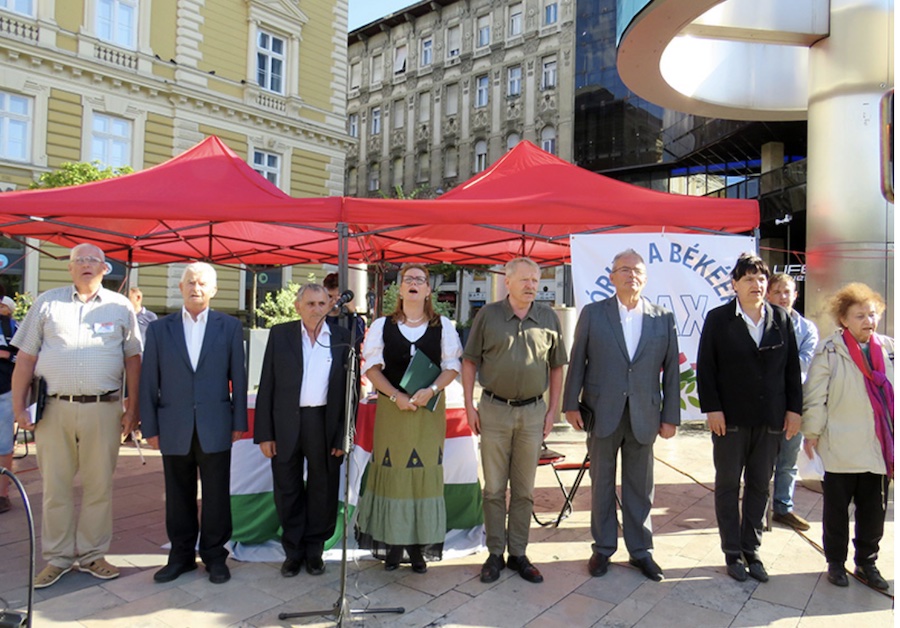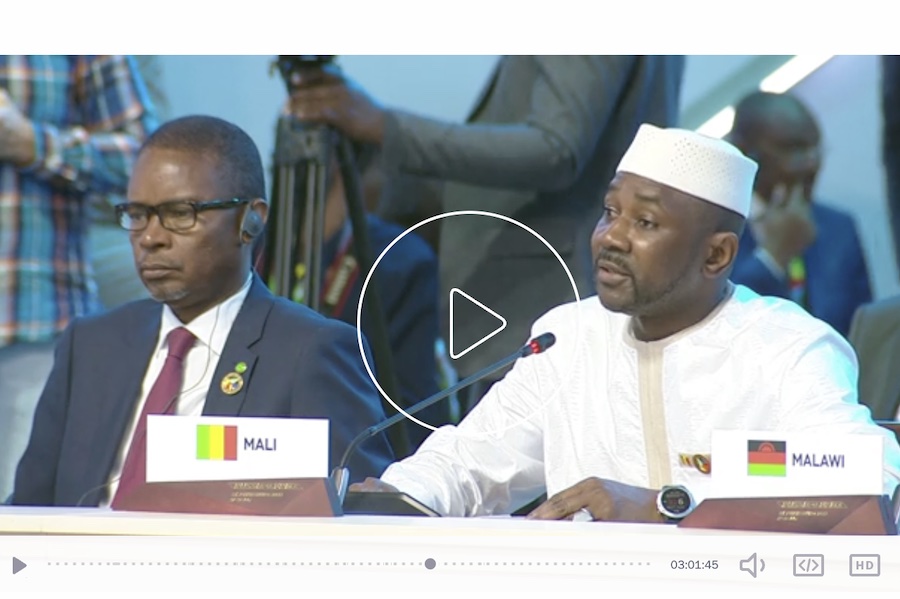. . SUSTAINABLE DEVELOPMENT . .
An article from Forest News
Brazil’s policy makers are turning to scientists to help pinpoint deforestation trends in the Amazon region over the past decade that have contributed to greenhouse gas emissions, shrinking ecosystem services and biodiversity loss.

Mato Grosso landscape, Brazil. Photo: Icaro Cooke Vieira/CIFOR
On 4 May 2023, a virtual forum jointly sponsored by the Governors’ Climate and Forests Task Force and the Center for International Forestry Research and World Agroforestry (CIFOR-ICRAF) assembled science and policy experts to provide input for the new phase of the new country’s Action Plan for the Prevention and Control of Deforestation in the Legal Amazon (PPCDAm), launched in June under the administration of President Luiz Inácio Lula da Silva.
Preparation of the plan’s fifth phase – which will cover the period from 2023 to 2027 – has involved 13 government ministries, as well as other agencies, academics and civil society groups. Earlier phases of the plan guided government action from 2004 to 2020.
Brazil – which has the largest forested area in Latin America and is the region’s biggest emitter of greenhouse gases – managed to reduce forest loss by 83 percent from 2004 to 2012 after decades of increased deforestation. However, this trend has reversed in the past decade under different federal administrations.
In 2020, deforestation in Brazil soared to a 12-year high, widely attributed to the federal government’s weakening environmental enforcement and calls for more development in the Amazon.
“Deforestation has doubled since 2012,” said Raoni Rajão, who presented the PPCDAm on behalf of the Department for Deforestation and Fire Control Policy of Brazil’s Ministry of Environment. “We need to understand what happened between 2012 and 2020.”
Researchers have studied what has and hasn’t worked in Brazil and other forest-rich countries for decades. What remains clear is that action against deforestation must happen at multiple levels, from global to national to subnational to municipal.
As a result, basing policy decisions on scientific research has become a priority for state environment secretaries, said Carlos Aragon, Brazil country director for the Governors’ Climate and Forests Task Force, which is a subnational collaboration of 43 states and provinces working to protect tropical forests, reduce emissions from deforestation and forest degradation, and promote realistic pathways to forest-maintaining rural development.
As part of its decade-long, 22-country Global Comparative Study of REDD+, CIFOR-ICRAF has been targeting deforestation at subnational levels, such as states and districts in Brazil.
(Article continued in right column)
How can we ensure that science contributes to peace and sustainable development?
(Article continued from left column)
“The purpose of the dialogue at today’s event was to help identify different policy interventions for addressing deforestation dynamics in Brazil,” said Richard Van der Hoff, Brazil country coordinator for the study.
The Brazilian government’s analysis, carried out in preparation for the PPCDAm, points to some major changes in deforestation dynamics that planners must consider, according to Rajão.
Nearly two decades ago, when the first phase of the plan was implemented, deforestation mainly occurred in an arc in the southern Amazon region, where forest was being cleared for industrial agriculture. With policies in place to help preserve forest on farmland, deforestation in recent years has been linked to infrastructure, with hot spots occurring around hydroelectric dams and along highways.
The 2004 plan also targeted large-scale deforestation, significantly reducing it in the following years. Since 2019, however, deforestation of large areas has been occurring again with impunity, Rajão said.
Deforestation has also been occurring in recent years in protected areas, Indigenous territories and settlements more than it did during the period of greater control, he said.
Besides clearing of forests, there has been an uptick in the degradation of standing forests because of fires set on farmland that escape into the understory.
“Fire is playing a greater and greater role in the deforestation process,” Rajão said. “People use fire so intensively and for such long periods of time that it destroys the forest structure.”
The Brazilian government’s analysis of shifting patterns of deforestation is similar to a methodology that CIFOR-ICRAF researchers are developing to classify deforestation patterns according to a series of archetypes, in order to determine which policies work or do not work in different situations, CIFOR-ICRAF researcher Julia Naime said.
The archetypes range from areas of past deforestation – classified as inactive, consolidated or fragmented – to hot spots or “rampant” frontiers, and “looming” frontiers, where there is a risk of future deforestation.
These archetypes are meant to help planners think strategically about deforestation patterns in a landscape, she said.
“We need to align infrastructure with environmental and climate goals,” Rajão added. “Otherwise, we will have activities that are completely disconnected.”
The goal is to stop illegal deforestation by punishing infringements, and to reduce the legal clearing of forests by promoting sustainable use, he said. Law enforcement fines and the confiscation of illegal items have doubled compared with last year, he added.
The science and policy dialogue in May was the third in a series sponsored by CIFOR-ICRAF and the Governors’ Climate and Forests Task Force. Sessions scheduled for later this year will focus on future deforestation scenarios and the final results of the Global Comparative Study.
For more information on this topic:
Pham Thu Thuy at t.pham@cifor-icraf.org
Richard Van der Hoff at richard.vanderhoff@inteligenciaterritorial.org
This work was carried out as part of the Center for International Forestry Research’s Global Comparative Study on REDD+ (www.cifor.org/gcs). The funding partners that have supported this research include the Norwegian Agency for Development Cooperation (Norad), the International Climate Initiative (IKI) of the German Federal Ministry for the Environment, Nature Conservation and Nuclear Safety (BMU), and the CGIAR Research Program on Forests, Trees and Agroforestry (CRP-FTA) with financial support from CGIAR Fund Donors.








